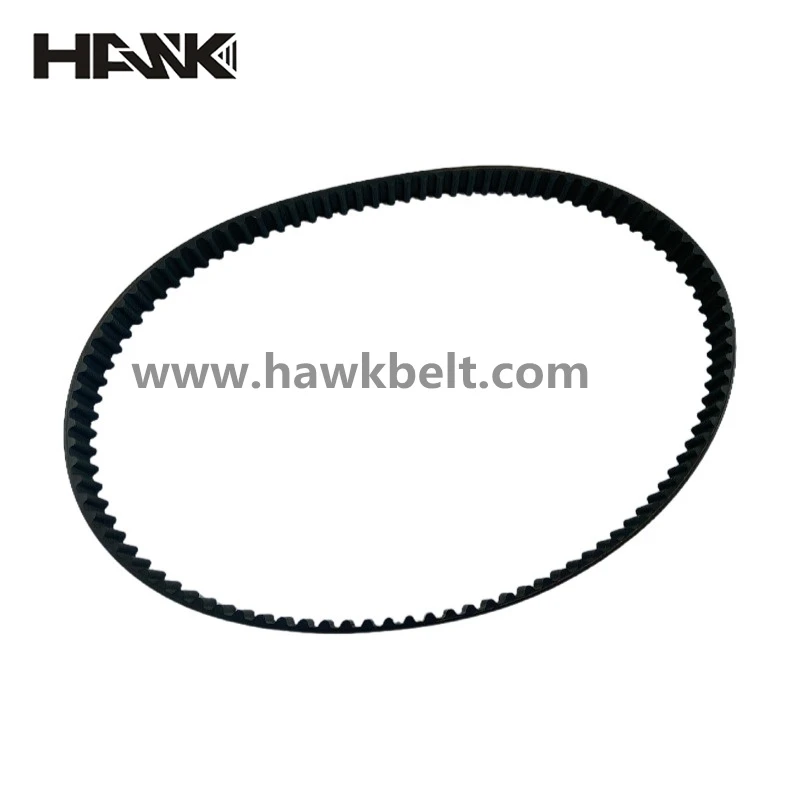- Arabic
- French
- Russian
- Spanish
- Portuguese
- Turkish
- Armenian
- English
- Albanian
- Amharic
- Azerbaijani
- Basque
- Belarusian
- Bengali
- Bosnian
- Bulgarian
- Catalan
- Cebuano
- Corsican
- Croatian
- Czech
- Danish
- Dutch
- Afrikaans
- Esperanto
- Estonian
- Finnish
- Frisian
- Galician
- Georgian
- German
- Greek
- Gujarati
- Haitian Creole
- hausa
- hawaiian
- Hebrew
- Hindi
- Miao
- Hungarian
- Icelandic
- igbo
- Indonesian
- irish
- Italian
- Japanese
- Javanese
- Kannada
- kazakh
- Khmer
- Rwandese
- Korean
- Kurdish
- Kyrgyz
- Lao
- Latin
- Latvian
- Lithuanian
- Luxembourgish
- Macedonian
- Malgashi
- Malay
- Malayalam
- Maltese
- Maori
- Marathi
- Mongolian
- Myanmar
- Nepali
- Norwegian
- Norwegian
- Occitan
- Pashto
- Persian
- Polish
- Punjabi
- Romanian
- Samoan
- Scottish Gaelic
- Serbian
- Sesotho
- Shona
- Sindhi
- Sinhala
- Slovak
- Slovenian
- Somali
- Sundanese
- Swahili
- Swedish
- Tagalog
- Tajik
- Tamil
- Tatar
- Telugu
- Thai
- Turkmen
- Ukrainian
- Urdu
- Uighur
- Uzbek
- Vietnamese
- Welsh
- Bantu
- Yiddish
- Yoruba
- Zulu
Окт . 10, 2024 20:46 Back to list
Exploring the Benefits and Applications of Industrial Synchronous Belts in Manufacturing Processes
Understanding Industrial Synchronous Belts A Comprehensive Overview
In the world of industrial mechanics, synchronous belts, also known as timing belts, play a pivotal role in various applications, ranging from automotive engines to conveyor systems in manufacturing plants
. These belts are integral to power transmission, ensuring that machinery operates efficiently and reliably.Synchronous belts are designed with teeth that mesh with corresponding grooves on pulleys. This interlocking mechanism prevents slippage, allowing for precise timing between the drive and driven components. Unlike traditional V-belts, which rely on friction to transmit power, synchronous belts maintain a consistent speed ratio, making them ideal for applications where exact timing is crucial.
One of the primary advantages of synchronous belts is their durability. Typically made from high-quality rubber compounds, reinforced with materials like fiberglass or aramid fibers, these belts are built to withstand demanding conditions, including high temperatures and heavy loads. Their robust construction ensures a longer service life compared to conventional belts, leading to reduced maintenance costs and downtime.
industrial synchronous belts

The versatility of synchronous belts is another compelling feature. They are used in a wide range of industries, including automotive, aerospace, agriculture, and packaging. In automotive applications, for example, timing belts synchronize the movement of the camshaft and crankshaft, ensuring that the engine runs smoothly. In manufacturing, synchronous belts drive conveyor systems that transport goods efficiently, maintaining optimal production flow.
Furthermore, the customization potential of synchronous belts caters to specific operational requirements. Various sizes, pitches, and materials are available, allowing engineers to design systems that meet precise speed and torque specifications. This level of customization extends to the integration of synchronous belts with other components, such as pulleys and idlers, resulting in highly efficient mechanical systems.
While synchronous belts offer numerous advantages, it is crucial to consider their limitations. They typically require precise installation and alignment to function correctly, and any misalignment can lead to increased wear or failure. Regular maintenance, including inspection for wear and proper tensioning, is essential to prolong their lifespan and ensure optimal performance.
In conclusion, industrial synchronous belts are an essential component in modern mechanical systems, providing efficient and reliable power transmission. Their ability to maintain precise timing and their durable construction make them suitable for a wide array of applications across various industries. As technology continues to evolve, the development of even more advanced synchronous belt designs promises to enhance their performance further, ensuring that they remain a vital part of industrial operations. Whether in automotive engines or manufacturing processes, these belts are integral in driving efficiency and productivity forward.
-
Korean Auto Parts Timing Belt 24312-37500 For Hyundai/Kia
NewsMar.07,2025
-
7PK2300 90916-T2024 RIBBED BELT POLY V BELT PK BELT
NewsMar.07,2025
-
Chinese Auto Belt Factory 310-2M-22 For BMW/Mercedes-Benz
NewsMar.07,2025
-
Chinese Auto Belt Factory 310-2M-22 For BMW/Mercedes-Benz
NewsMar.07,2025
-
90916-02660 PK Belt 6PK1680 For Toyota
NewsMar.07,2025
-
drive belt serpentine belt
NewsMar.07,2025

